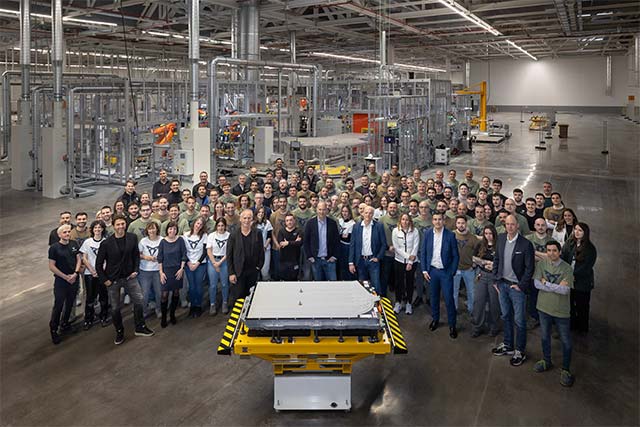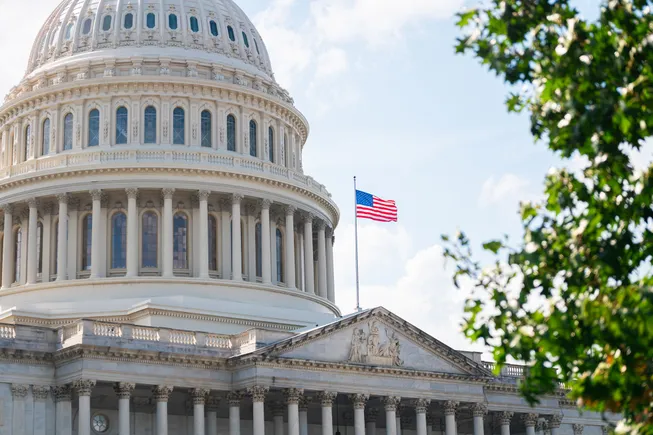From Code to Compensation: The HighStakes Race for AI Talent
As artificial intelligence continues to reshape industries and redefine how companies operate, organizations are under increasing pressure to build leadership and governance structures that can keep pace. In response, a growing number of S&P 500 companies are elevating AI to the executive level through formal leadership roles, while others are embedding oversight responsibilities into existing […]

Ryan Colucci is a Principal at Compensation Advisory Partners. This post is based on his CAP memorandum.
As artificial intelligence continues to reshape industries and redefine how companies operate, organizations are under increasing pressure to build leadership and governance structures that can keep pace. In response, a growing number of S&P 500 companies are elevating AI to the executive level through formal leadership roles, while others are embedding oversight responsibilities into existing C-suite functions and board committees. This evolving landscape reflects not only the strategic importance of AI but also the complexity of managing its opportunities and risks across the enterprise.
At the same time, these developments are raising important questions about compensation, from how to attract specialized AI talent to how companies recognize new responsibilities taken on by existing leaders and directors. In the sections that follow, we examine how companies are structuring AI leadership and oversight today, and what this means for executive and board compensation in the years ahead.



















































































































































